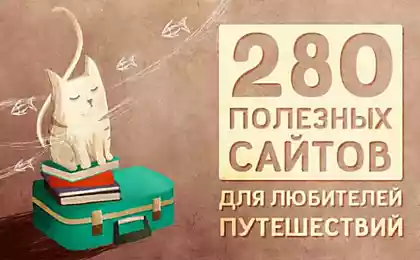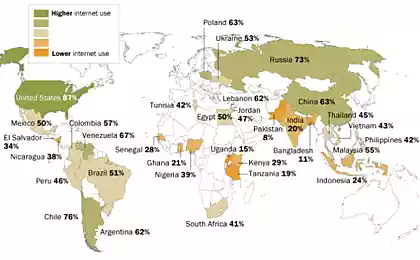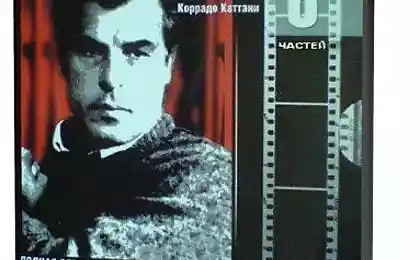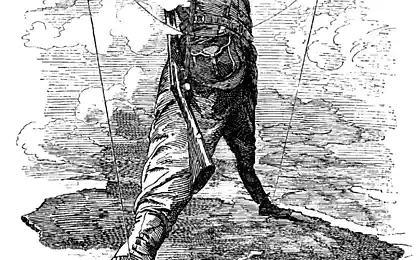1403
Study in different countries

The academic year in Japan begins in early April and consists of trimesters. First trimester ends on July 20, after which the children go on summer vacation. second trimester goes from 1 September to the end of December, and the third - from January to March. The transition from one class to another is carried out during the one-week spring break.
Occupation school teacher in Japan was originally male. Women among Japanese teachers less than half.
Most schools do not have cafeterias Japan, and the children have lunch right in the classroom.
In the Czech Republic there are school holidays in winter and summer. Summer vacations last 2 months.
In Czech schools five-point rating system of knowledge, but that's "Five" is considered the worst mark, and the "unit" - the best.
In the Czech Republic, many school teachers lead several disciplines. For example, one teacher teaches physical education and mathematics, the other - the Czech language, singing and chemistry.
In Finland, the student is not accepted cause, if he has not expressed such a desire. In this country, is considered unacceptable exposure of students to the shortcomings of their classmates.
In Finnish schools in the class works simultaneously two teachers - teacher and his assistant.
In schools in Finland after each lesson students should go out, regardless of the weather and time of year.
Children enrolled in the senior classes of Cuban schools begin to master any profession. Students in urban schools for 5-7 weeks exported for agricultural work.
Director of the school in Sweden can translate talented student to the next grade without waiting for the end of the school year, however, this requires parental consent.
Training couple in universities in China lasts only 40 minutes.
In China, the winter holidays for children continues from late December to early February. At this time in the country celebrate the New Year.
In Ireland, children 6-15 years must necessarily attend school. Students attendance is free.
Pupils in schools in Norway are divided into age groups - elementary school, 14-year-olds and 18-year-old youth. It is noteworthy that they learn in different buildings.
Up to 8th grade children in Norwegian schools do not make the mark.
























